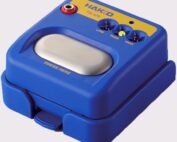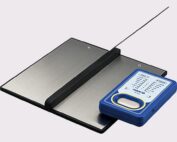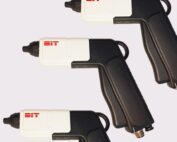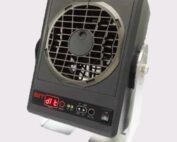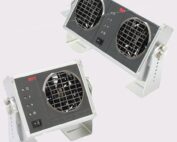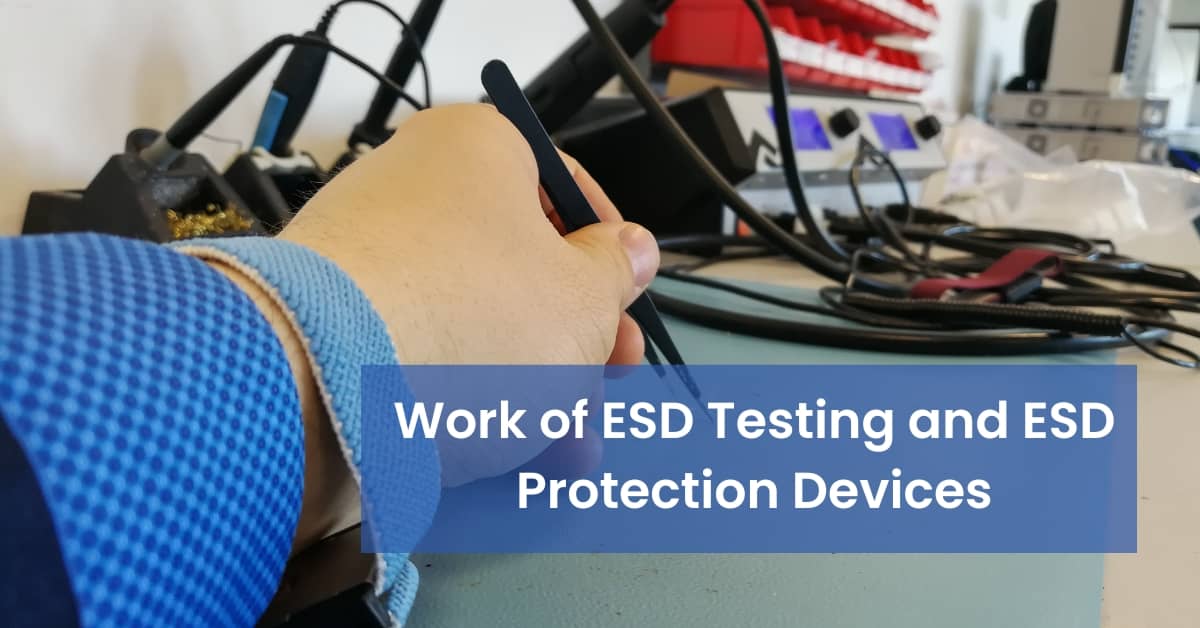
What Are ESD Meters and How Do They Help in ESD Protection?
Electronic device testing tools such as ESD static Metres are used to find, measure, and test static electricity in electronic devices. Static voltages on an object’s surface are measured by ESD (electrostatic discharge) static meters to estimate the extent of ESD damage that could be done to electronic components. In this blog, We will talk about What is ESD testing, ESD testing work, and ESD protection devices.
Workers use wrist strap testers, which are components of monitor testing equipment, to manage and extinguish static electricity. They assess the electrical resistance and effectiveness of the wrist strap by sending a battery or AC power unit signal. The electrical resistance of heel grounders and ESD shoes worn by employees in clean rooms is also tested by other testers.
How Does ESD Testing Work?
ESD testing, in a nutshell, is the process of determining a device’s susceptibility to electrostatic discharge. A quick flow of electricity is known to occur when two electrically charged items come into contact with one another and produce a visible spark or discharge. Even though they are not fatal on their own, the abrupt release of energy breaks down machinery and equipment.
What is ESD Testing?
ESD testing (EMC test) is a test of electromagnetic compatibility. ESD testing imitates a variety of electrostatic impacts that a piece of equipment might experience while in use or being transported. An electrostatic discharge test is used to determine whether a product complies with its ESD protection area and procedures.
ESD Protection Devices
ESD Constant Monitors, ESD Surface Resistance Test Meters, and ESD Wrist Strap Test Meters are all types of ESD testing meters. The technician’s continuous grounding is checked by ESD Constant Monitors. The ESD worksurface and floor mats’ resistivity can be measured with the help of the ESD Surface Resistance Test Meters. The ESD Wrist Strap Test Meters ensure that the wristband and a coil cord travel in a straight line.
By eliminating the time spent testing wrist straps before each shift, ESD Constant Monitors reduce production costs. The reduction of ESD damage caused by broken wrist straps may result in additional savings. The resistive properties of surfaces like static dissipative packaging, flooring, or work surfaces can be evaluated using portable, battery-operated ESD Surface Resistance Meters in the range of 103 to 1012 ohms or ohms per square. This pocket-size meter utilizes equal cathodes on the rear of the meter. Ideal for product evaluations in test labs, factory audits, and regular.
ESD testing wrist strap meters guarantee that essential ESD insurance is met by rapidly and precisely estimating the opposition between an administrator, wrist tie, and ground line. The unit is specifically constructed to test without causing harm to the operator, with a test voltage of 9 volts DC. By displaying three levels of resistance, it confirms that a wristband and coil cord has a continuous grounding path: HI, LOW, and OK with an audible alarm and an easy-to-read LED light. The test parameters are pre-set but you can change them to meet your needs.
ESD Protection Devices at Sumitron
- Hakko FG-470 Wrist Strap Tester: A quick and safe test of the wrist strap’s function while worn. It serves as a combo tester for simultaneously measuring footwear and wrist strap.
- Hakko FG-465 Double Plate Footwear Analyzer: Saves estimation information consequently. ID permits the registration of personal information. It serves as a combo tester, measuring both the wrist strap and the footwear at the same time.
We at Sumitron provide the best solutions for major industry sectors in India and around the world. We are the leading distributors and suppliers of industrial equipment, tools, and materials.

